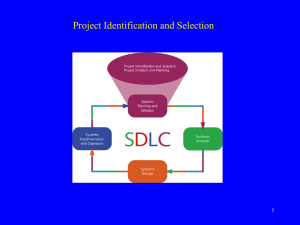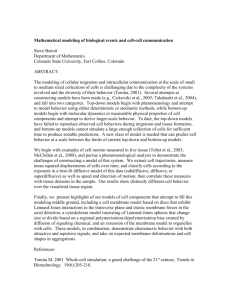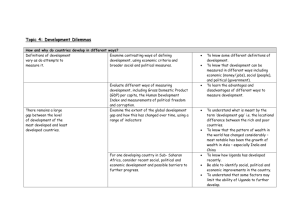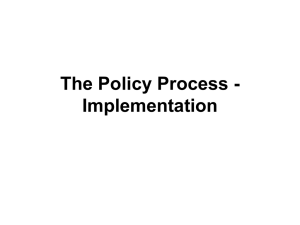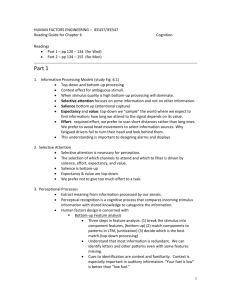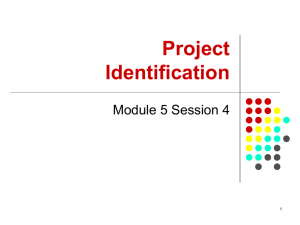Bottom-Up or Top-Down - SpaceMed Healthcare Facility Planning
advertisement
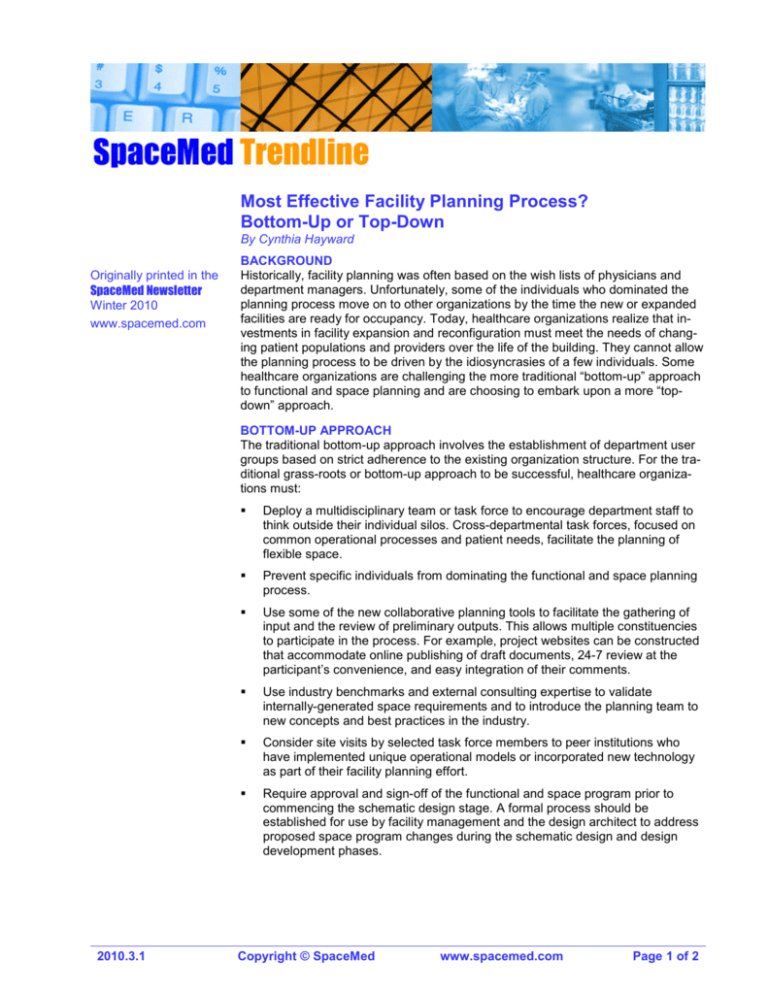
Most Effective Facility Planning Process? Bottom-Up or Top-Down By Cynthia Hayward Originally printed in the SpaceMed Newsletter Winter 2010 www.spacemed.com BACKGROUND Historically, facility planning was often based on the wish lists of physicians and department managers. Unfortunately, some of the individuals who dominated the planning process move on to other organizations by the time the new or expanded facilities are ready for occupancy. Today, healthcare organizations realize that investments in facility expansion and reconfiguration must meet the needs of changing patient populations and providers over the life of the building. They cannot allow the planning process to be driven by the idiosyncrasies of a few individuals. Some healthcare organizations are challenging the more traditional “bottom-up” approach to functional and space planning and are choosing to embark upon a more “topdown” approach. BOTTOM-UP APPROACH The traditional bottom-up approach involves the establishment of department user groups based on strict adherence to the existing organization structure. For the traditional grass-roots or bottom-up approach to be successful, healthcare organizations must: 2010.3.1 Deploy a multidisciplinary team or task force to encourage department staff to think outside their individual silos. Cross-departmental task forces, focused on common operational processes and patient needs, facilitate the planning of flexible space. Prevent specific individuals from dominating the functional and space planning process. Use some of the new collaborative planning tools to facilitate the gathering of input and the review of preliminary outputs. This allows multiple constituencies to participate in the process. For example, project websites can be constructed that accommodate online publishing of draft documents, 24-7 review at the participant’s convenience, and easy integration of their comments. Use industry benchmarks and external consulting expertise to validate internally-generated space requirements and to introduce the planning team to new concepts and best practices in the industry. Consider site visits by selected task force members to peer institutions who have implemented unique operational models or incorporated new technology as part of their facility planning effort. Require approval and sign-off of the functional and space program prior to commencing the schematic design stage. A formal process should be established for use by facility management and the design architect to address proposed space program changes during the schematic design and design development phases. Copyright © SpaceMed www.spacemed.com Page 1 of 2 Most Effective Facility Planning Process? Continued TOP-DOWN APPROACH Some healthcare organizations prefer a more top-down approach, particularly when capital dollars are tight, when employee turnover at the department/service line manager level is high, or when market dynamics make accurate program and workload forecasts difficult. This approach is often used when a new or replacement healthcare facility is being constructed, particularly when the leadership team wants to implement entirely new and innovative operational processes and technology. For this approach to be successful, healthcare organizations must: Have a senior leadership team with a well-thought out vision for the organization that can be communicated effectively. Bring in outside expertise to translate a future vision for the organization into flexible facilities that can accommodate future changes in medical practice and technology, varying patient populations and providers, and promote quality and cost-effective patient care. Re-educate department staff about the vision and the new operational concepts and technology to be implemented prior to occupancy. Bottom-Up Approach Deploy a multidisciplinary team and use new collaborative planning tools Use benchmarks and external expertise for validation Top-Down Approach Based on future vision developed by senior leadership Goal to optimize future flexibility Department staff must be reeducated prior to occupancy Requires approval/sign-off on functional/space program prior to design CONCLUSION Regardless of the facility planning approach, the planning process should facilitate the rethinking of the current organization of services, operational systems and processes, and the use of technology. Cynthia Hayward, AIA, is founder and principal of Hayward & Associates LLC. 2010.3.1 Copyright © SpaceMed www.spacemed.com Page 2 of 2
